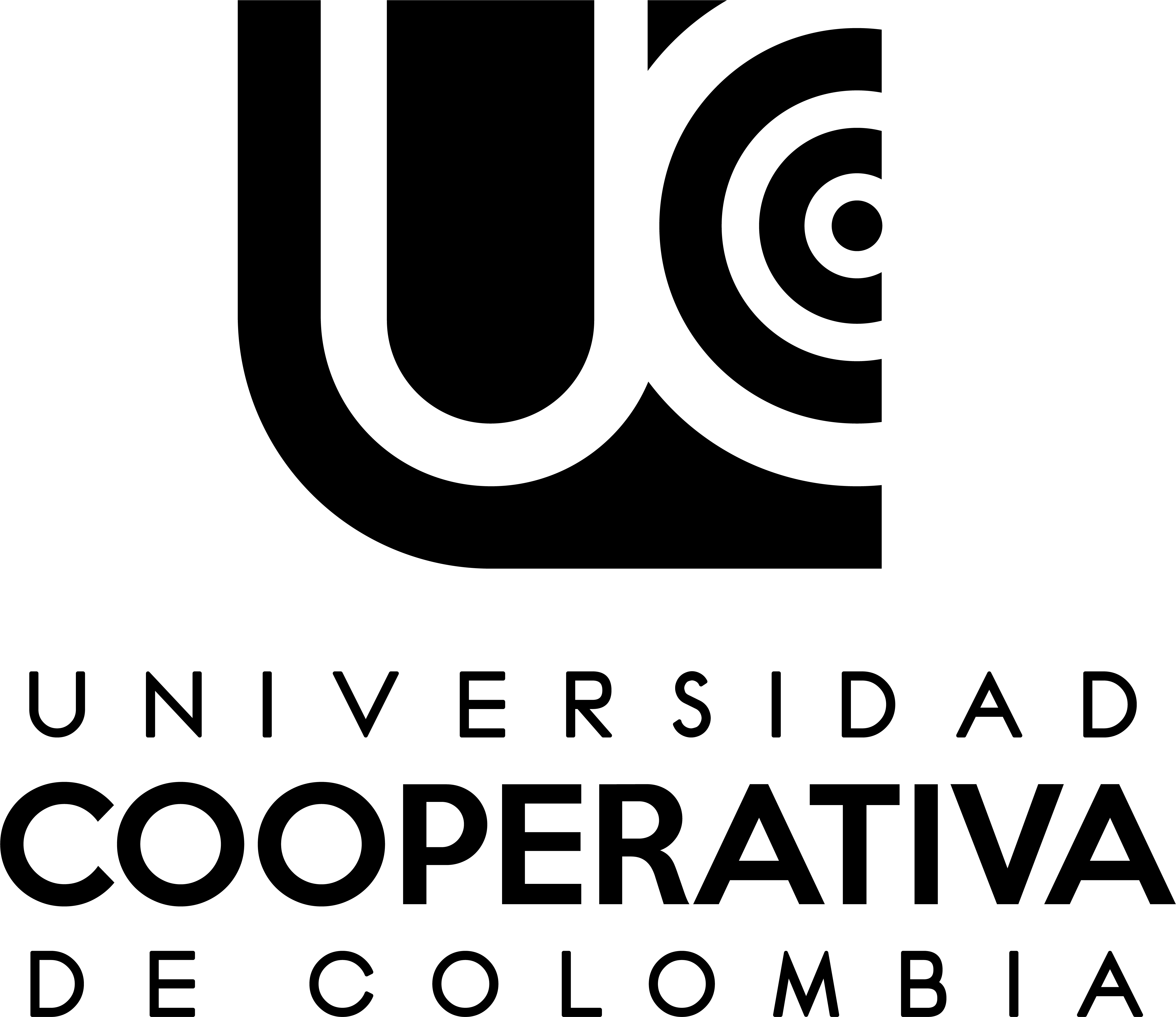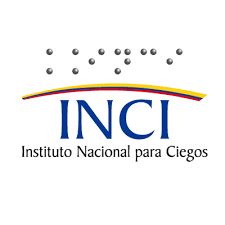Characterization for compression tests on pet bottles of 600 millilitres, 1.5 and 2.0 liters; filled with sand and particle size of 1.19 mm
Introduction: This article is the product of a research project carried out between 2020 and 2021, with the academic support of Francisco José de Caldas District University, Bogotá Technological Headquarters - Colombia.
Problem: Propose a construction material for the housing sector, especially aimed at the department of La Guajira, which currently faces a high housing deficit in Colombia.
Objective: The objective of this research project is the characterization of 600 mL, 1.5 L and 2.0 L PET bottles, filled with sand whose particle size is 1.19 mm.
Methodology: 12 test tubes were designed for each bottle size. The respective weighing process was carried out before and after filling; The tests consisted on applying compression loads, until reaching structural breakdown.
Results: The different testing scenarios showed similar resistance parameters. The 600 mL size presented a higher breakdown load than the 1.5 and 2.0 L sizes. The breakdown loads remained within the range of 138 ≤ breaking load (KN) ≤ 240.
Conclusion: The compressive strengths of the studied materials do not show significant differences. Resistance for bricks = 4.9 MPa and PET (600 ml) = 5.2 MPa
Originality: The bibliographic review covers a variety of reusable products used for the manufacture of materials in housing construction. The originality lies in the behavior of PET bottles filled with sand for a particle size of 1.19mm, subjected to compression tests in the universal testing machine.
Limitations: Only particle sizes of 1.19mm were used.











